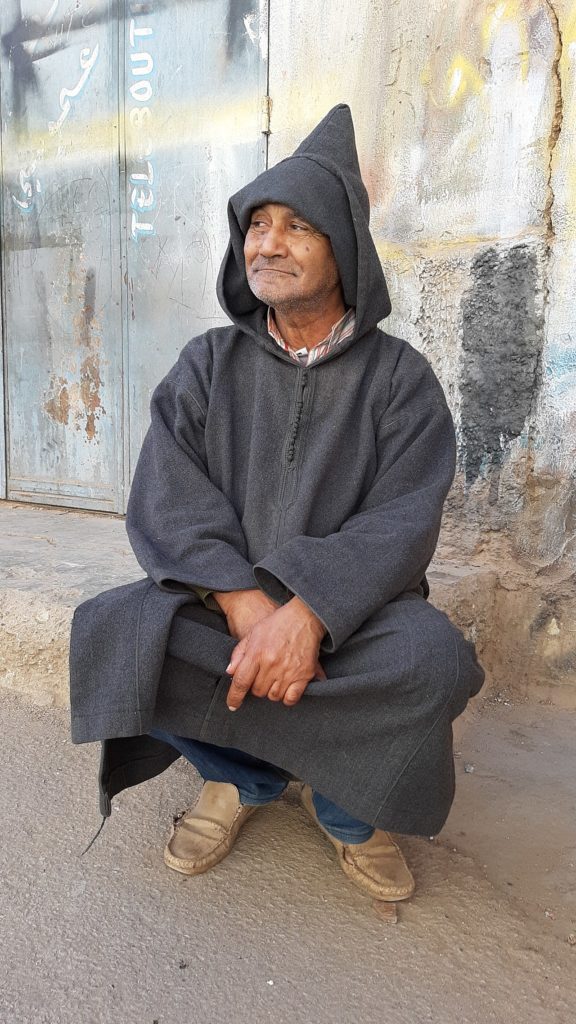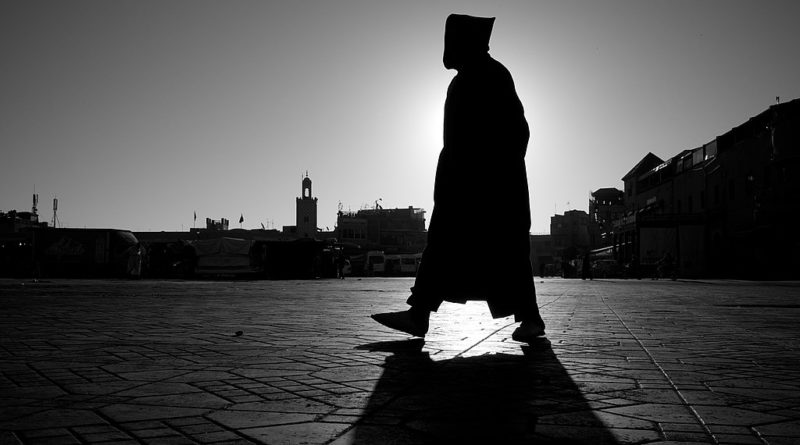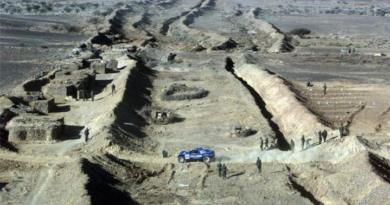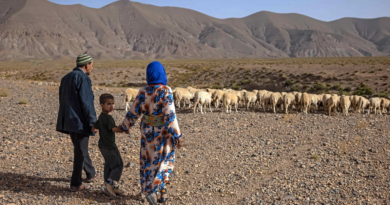Djellaba: The national Costume of Morocco
When one thinks of Morocco, the first thing that may come to mind is the rich culture and diversity of its people. Morocco is known for its exquisite cuisine, stunning architecture, and a vibrant fashion scene. One particular garment that stands out as an emblem of Moroccan culture is the djellaba.
The djellaba is a traditional garment worn by both men and women in Morocco. It is a long, loose-fitting robe that extends to the ankles and has a hood. Djellabas are typically made of cotton, wool, or silk, and come in a variety of colors and patterns. It is a versatile garment that can be worn in different situations, from casual outings to special events.
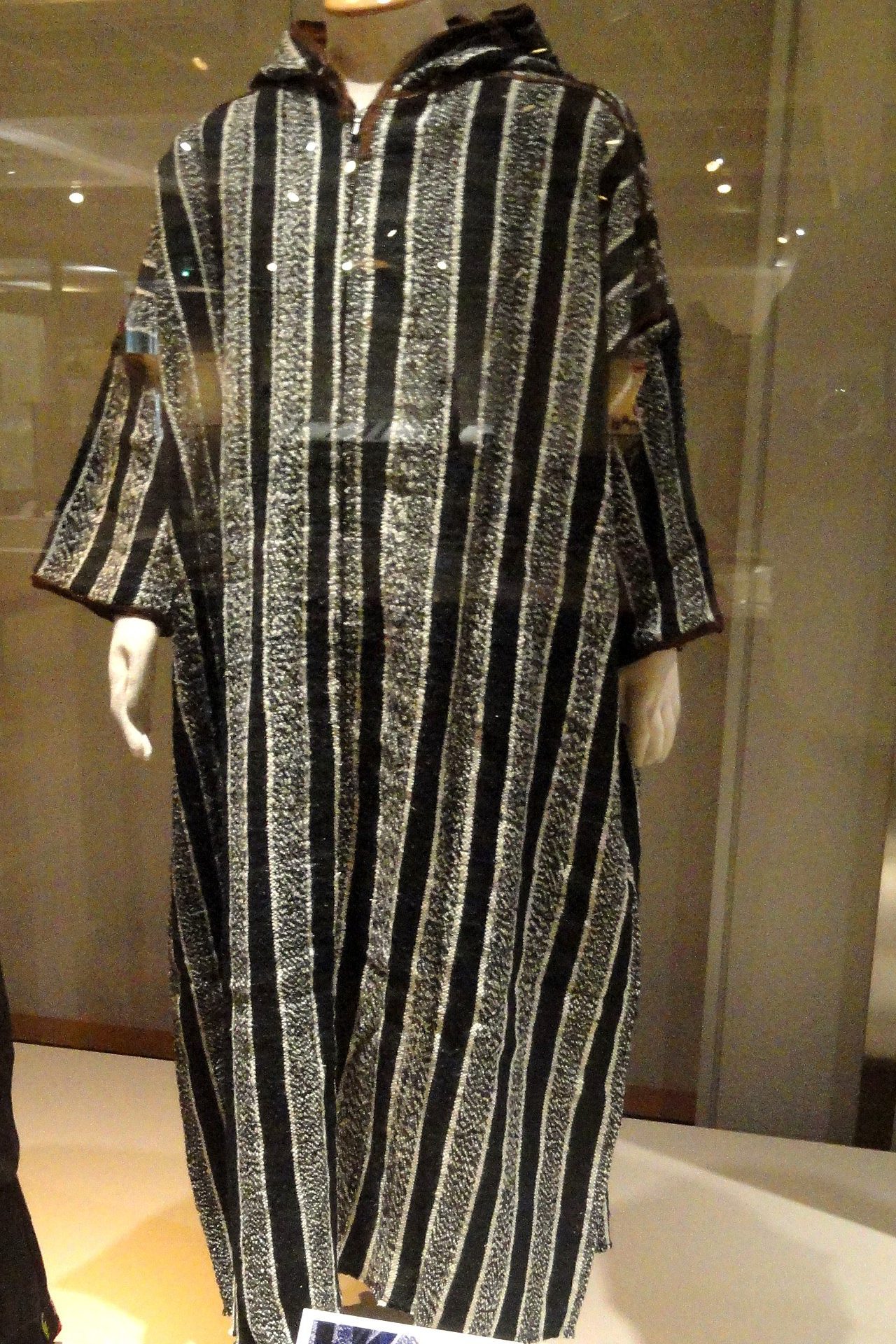
Although the djellaba is a quintessential part of Moroccan culture, it is actually of Amazigh origin. The djellaba was originally worn by Amazigh tribes in rural areas as a practical garment to protect them from the harsh climate of the Atlas Mountains.
The design of the djellaba was adapted to the Amazigh lifestyle, which involved a lot of walking and carrying heavy loads. The long and loose-fitting design of the djellaba allowed for ease of movement, while the hood provided protection from the sun and wind.
The Djellaba of Ouazzane
The traditional djellaba differs from city to city in Morocco, but the Ouazzane djellaba is the most famous model. The Moroccan city of Ouazzane takes great pride in its handcrafted traditional outfit, the djellaba.
Despite the laborious process required to make it, locals are happy to put in the hours. A tailor can spend up to a week sewing a djellaba of Ouazzane, which has become a symbol of the city.
Creating the djellaba is a time-consuming and effortful process, which is mainly done by women. They purchase sheep woo, then clean it with water and soap in public water basins before spinning it into yarn. This process can take up to 15 days to produce three kilograms of wool yarn. Despite the difficulties, the women continue to make the djellaba of Ouazzane.
Once the wool yarn is produced, a wool weaver buys it for a price ranging between 120 to 250 Moroccan dirhams ($12 – $25). The wool weaver then turns the yarn into high-quality fabric that is sold to customers or tailors for a price ranging from 400 to 1,200 dirhams ($40 – $120). A handmade Ouazzane djellaba can sell for between 900 and 1,500 dirhams ($90 – $150), while a machine-sewn djellaba sells for 200 to 600 dirhams ($20 – $60).
In an effort to cater to a larger clientele, tailors in Ouazzane have also started making winter coats from the same fabric used to make the djellaba.
Popularity today
The long-sleeved, loose-fitting djellaba has been the official outfit worn at religious occasions for a long time and remains an essential part of the wardrobe for people of all ages, status, and origins in Morocco. The djellaba was traditionally made only for men, but tailors have recently started making the outfit for women and children as well.
As Morocco underwent modernization in the 20th century, the djellaba became a symbol of national identity and cultural heritage. It was no longer just a garment for the rural Berber population, but a fashionable item worn by people of all social classes. Today, the djellaba is a popular garment that can be found in many parts of the country, from the busy streets of Marrakech to the remote villages of the Atlas Mountains.
The versatility and practicality of the djellaba have made it a timeless garment that continues to be worn by Moroccans today. It is a testament to the rich cultural heritage of Morocco and the influence of the Berber people on the country’s history.
